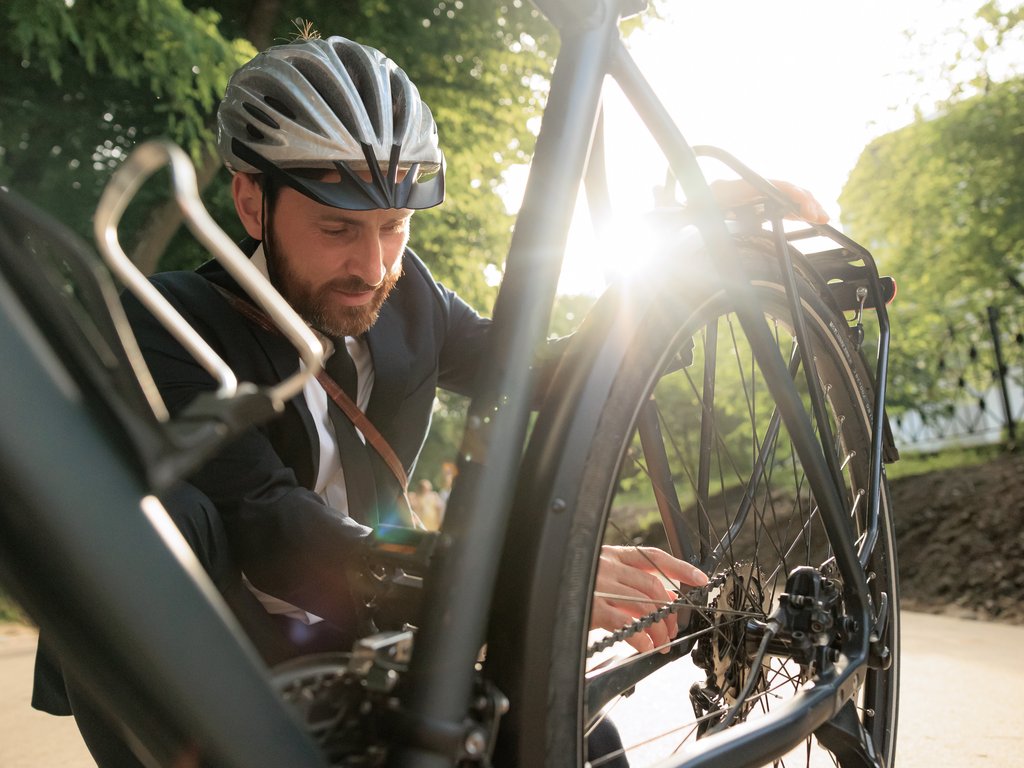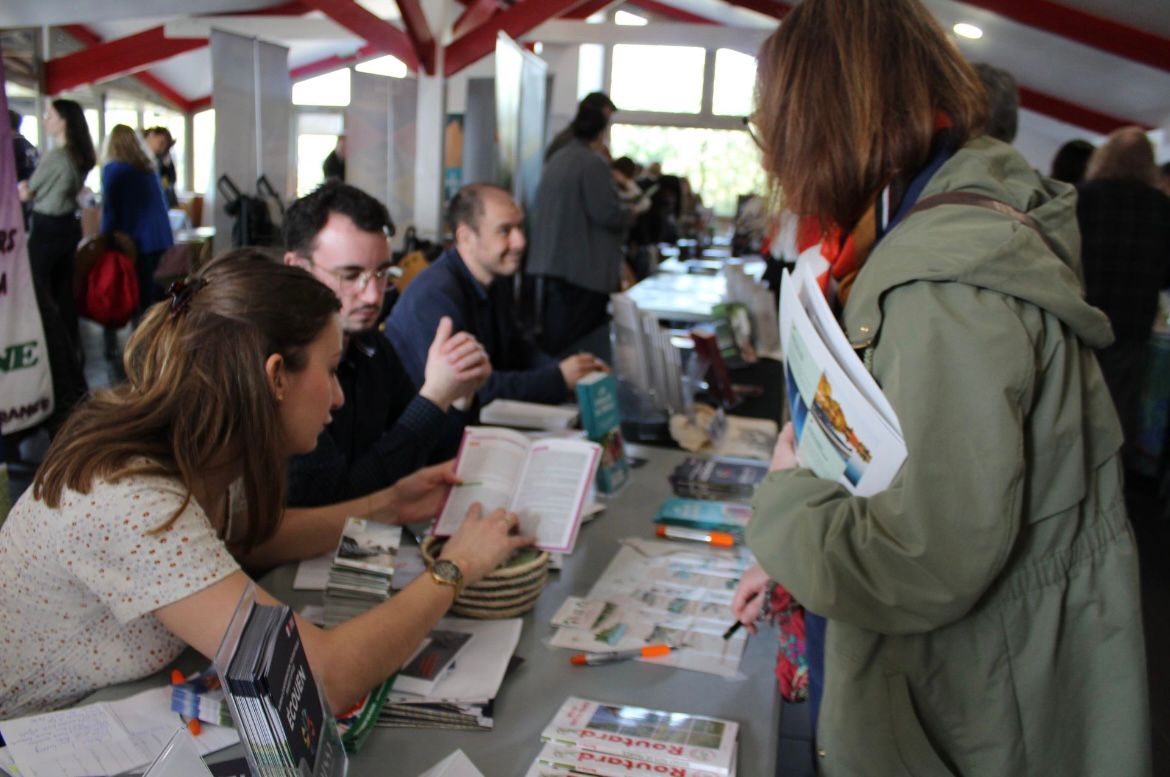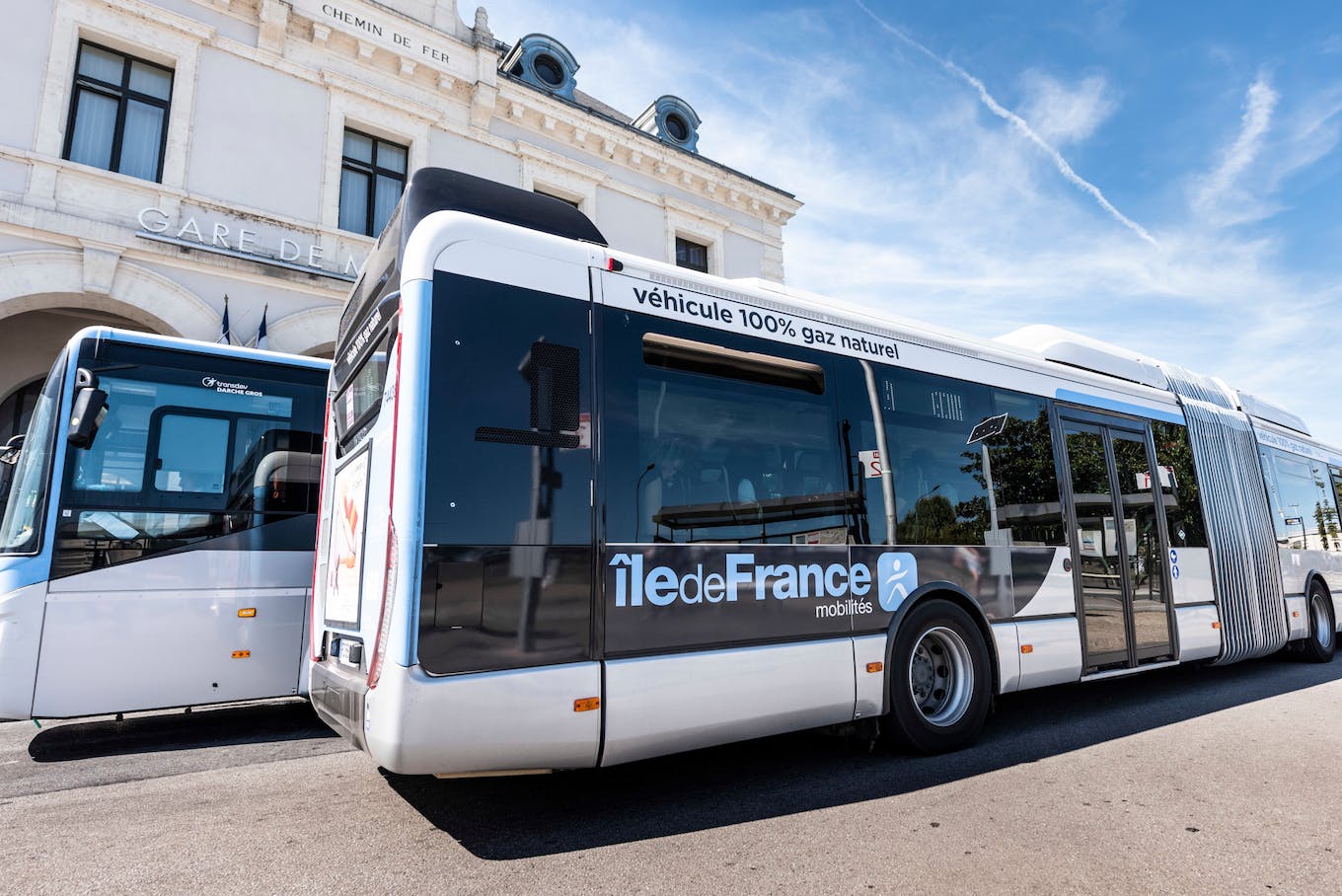An article by Chloé, added on September 22, 2021 4 min. reading
Opened on June 19, 2021, this space is one of the witnesses of the development projects of the Grand Roissy which go in the direction of sustainable development. Located between the Dîme and Terroir roundabouts, this former wasteland of nearly 7 m2 benefited from an important work carried out by the municipality, via the technical services. Formerly the property of the Departmental Council, it is a donation to the town. Indeed, the latter was eager to enhance the entrance to the city. Likewise, this project is the result of a group of students selected as part of the “Botany for Change” competition.
On the occasion of the European Sustainable Development Week, we decided to tell you about one of our projects which reflects our environmental commitments. Indeed, the Tabuteau space allows you to discover a selection of trees, shrubs and plants. Thus, the latter attract many pollinating insects and bees. With this in mind, nesting boxes and insect hotels are installed. In addition, if you are lucky, you will have the chance to see rabbits frolicking. Also, during your walk in this place, you will come across several explanatory panels. These present the planted plants and serve to educate the inhabitants. In the future, they are expected to play an active role in the Tabuteau space. In fact, in addition to its role of protecting biodiversity, it places the individual at the center of actions and awareness-raising.
Since June 2021, more than forty plant species, most of them indigenous, have been growing there. You will discover five themes at its heart. First, pollination, then the growth of a plant, trees, soil and biodiversity in the garden. In addition, you will find fruit trees: currants, black currants and raspberries. In figures, the Tabuteau space is made up of 6 nesting boxes (birds and bats), 680 trees and shrubs. In addition, there are 5 insect hotels, 1 urban garden and 800 perennials.
The “Happy Vallée”: an ambitious sustainable development project
In November 2020, Klorane Botanical Foundation launched a call for projects to students in botany, horticulture, architecture and landscapes. The goal is to imagine the urban garden of tomorrow in the Happy Valley. Indeed, it is an association that wants green the edges of the motorway (over 1200 ha) between Paris and Roissy. Thus, the interest is to bring back biodiversity in a very urbanized sector.
The Happy Vallée project was launched by renowned artist Gad Weil to reinterpret the landscape. Thus, he invented a new model of urban planning and life. The latter reconciles man, nature and the economic challenges of cities. Indeed, the project has been studied so as to allow local populations to benefit from the agro-ecological advantages that the Happy Vallée will bring. Among these benefits, we can highlight:
- Diversify local productions
- Clean up the air
- Clean up the soil
- Produce meals through vegetable production
- Create islands of freshness in response to global warming
Thus, this space therefore truly responds to the challenges of sustainable development advocated by our territory and our Office Grand Roissy. It is part of a vast project to enhance our spaces by integrating environmental issues. Therefore, we invite you to discover our commitments for biodiversity via our nature offers.




